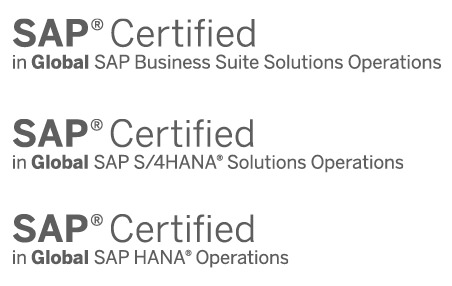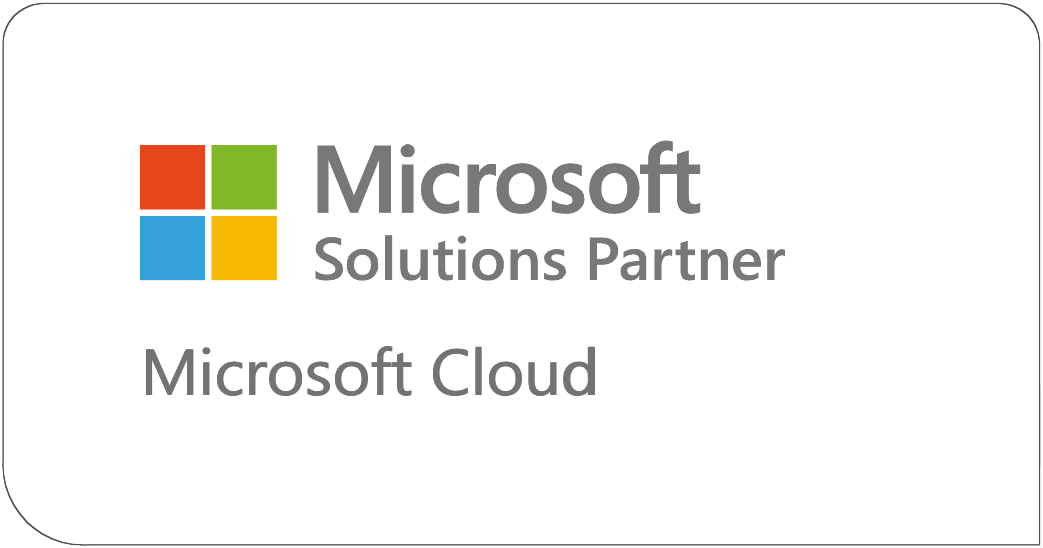Last week, SAP made headlines with the announcement of ‘RISE with SAP’, a strong commitment by the company to innovate by opening a new scenario for its customers to address business transformation as a service. Without a doubt, this is a new twist that includes all the necessary components to make a complete change in their business processes, in line with the current challenges of organisations. But innovation implies many changes that we at Syntax, as a benchmark in cloud and SAP environments, have analysed.
It’s no secret that, in recent years SAP’s portfolio has been evolving towards cloud environments, a roadmap that many of its customers are already following while many others are thinking of implementing. And now, following the announcement of RISE with SAP, SAP customers around the world will have a new option to consider. This programme includes a “business transformation as a service” offering, allowing each customer to follow their own path, regardless of their starting point or the complexity involved. In other words, a flexible and adaptable path to suit the needs of any business.
While CEO Christian Klein said that all companies take for granted that they have to evolve their business to respond to global challenges such as “geopolitical tensions, environmental challenges and the current pandemic are forcing companies to address change faster than ever before”, the real question and difficulty lies in how to do so.
SAP’s answer is through simplification and standardisation, which can be achieved through this holistic transformation model that affects every process in an organisation, which (let’s not kid ourselves) involves changes, starting with contracts, customer and partner relationships, and moving more businesses to the cloud.
This will take the form, for example, of a single pay-per-subscription contract, a single solution and a unique customer interface, with a commitment to maintaining all the flexibility that organisations need, in areas such as the cloud they want to use (public, private or hybrid), i.e. in SAP’s own data centres, in the major public cloud platforms – AWS, Microsoft Azure, Google Cloud, and Alibaba – or in private clouds from other providers, which means that the infrastructure will be abstract.
Of course, customers will also choose the partners to work with and the scope or size of the project.
The core offer
The package is broken down into components for three key steps: process redefinition, technical migration to a cloud scenario and the creation of an ‘intelligent enterprise’ using SAP solutions.
- Business process redesign: Here, SAP highlights its Business Process Intelligence solution for customers to continuously analyse the performance of their business processes, benchmark them against industry standards and easily adapt them to new business requirements and demands. This data can be integrated with SAP workflows, robotic process automation (RPA) and other artificial intelligence (AI) services.
- Technical Migration: This block incorporates SAP’s tools and services to support the entire technical journey and enable rapid time-to-value, augmented by services from its partner ecosystem. It also includes automated services to help move to modular and standard solution environments for faster consumption of cloud innovation, as well as technical support for a smooth migration and high adoption.
Customers will be able to choose which cloud infrastructure to locate their infrastructure in: an SAP data centre or the hyperscale provider of their choice.
- Creating an ‘Intelligent Enterprise‘: Once the two first phases are achieved, customers will benefit from the Business Technology Platform, which offers an enterprise-wide semantic layer that provides the foundation for holistic business transformation. Through simpler consumption, companies will be able to easily complement, extend and integrate with SAP, partner or third-party solutions, using the same data model and platform services as SAP applications, and will have access to more than 2,200 APIs to help ensure integration with on-premise, cloud and non-SAP systems.
They will also gain more low-code or no-code development capabilities to extend solutions, and real-time enterprise-wide guidance and planning and provision of high-quality data for analytics, robotics process automation (RPA) and artificial intelligence (AI) scenarios.
In addition, they will take advantage of the SAP S/4HANA Cloud, with embedded AI, RPA and advanced analytics, as well as flexible deployment options, depending on customer complexity, and will have unified access to SAP’s vendor networks, logistics and asset intelligence.
This announcement only reaffirms the evolution towards a XaaS model, a trend that our team of experts already anticipated in the cloud forecasts for 2021, and SAP is undoubtedly setting a milestone by bringing the benefits of the model to business processes.
We see a great opportunity for customers to combine their transformation strategies with their plans to evolve to the cloud as key to that evolution. As partners of SAP and AWS, we look forward to seeing how the announcement plays out, and to finding the best fit of this new offering for our customers.
These new developments announced a few months ago will undoubtedly help SAP user organisations to get more out of their cloud investments. If you are looking for a partner for a critical project for your organisation, contact our experts. At Syntax we design the roadmap that best responds to the business priorities of each company, and we execute it successfully.



